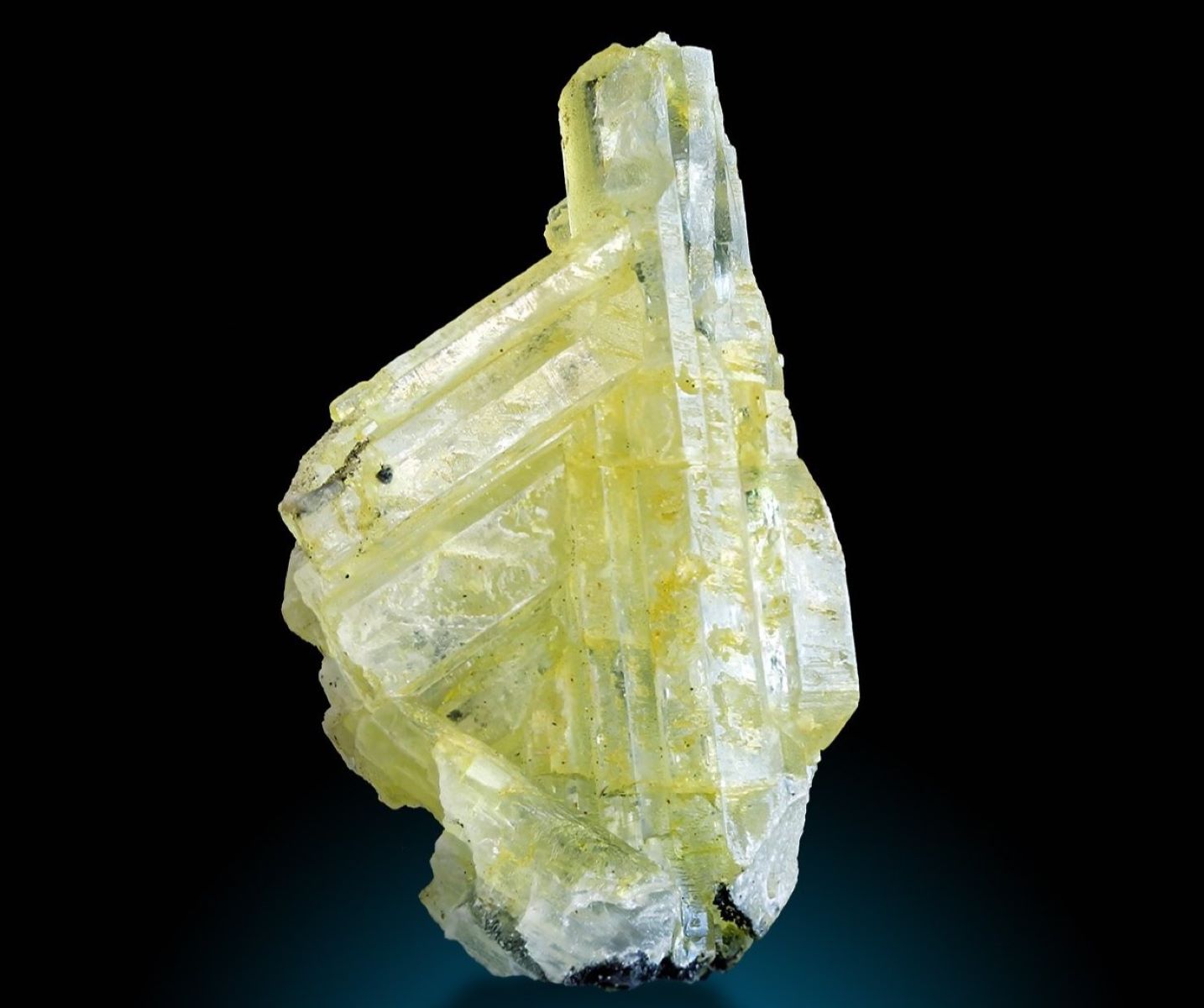
What is Charlesite? Charlesite is a rare mineral that often leaves people curious. Found primarily in South Africa, this mineral is part of the ettringite group. Its unique composition includes elements like calcium, aluminum, and sulfate. Why is Charlesite special? Its rarity and striking appearance make it a sought-after specimen for collectors. The mineral typically forms in hydrothermal environments, often appearing as colorless or pale yellow crystals. Where can you find Charlesite? While South Africa is its primary home, smaller deposits have been discovered in other parts of the world. How is Charlesite used? Mostly, it's a collector's gem, but its unique properties also make it a subject of scientific study. Ready to learn more? Let's dive into 30 fascinating facts about Charlesite!
Key Takeaways:
- Charlesite is a rare, fluorescent mineral with a fascinating history. It's named after a prominent American mineralogist and can be found in various countries, making it a favorite among collectors and geologists.
- With its unique properties, Charlesite is used in educational settings to demonstrate fluorescence and is highly valued by collectors. It can even be cut and polished for use in jewelry, adding to its allure.
What is Charlesite?
Charlesite is a rare mineral that captivates geologists and collectors alike. Its unique properties and fascinating history make it a subject of interest. Let's dive into some intriguing facts about this mineral.
-
Charlesite is a hydrous calcium aluminum sulfate mineral. This means it contains water molecules within its crystal structure.
-
The mineral was first discovered in 1938 in Franklin, New Jersey, USA. This location is famous for its rich mineral deposits.
-
Named after Charles Palache, a prominent American mineralogist, Charlesite honors his contributions to the field.
-
Charlesite typically forms in white to pale yellow colors. Its color can vary depending on impurities present.
-
It has a Mohs hardness of 3.5 to 4. This makes it relatively soft compared to other minerals.
Where is Charlesite Found?
Charlesite is not just limited to its discovery site in New Jersey. It has been found in various locations around the world.
-
Significant deposits of Charlesite have been found in South Africa. The Wessels Mine in the Kalahari Manganese Field is a notable source.
-
In Italy, Charlesite has been discovered in the Campania region. This area is known for its diverse mineralogy.
-
Namibia also boasts Charlesite deposits. The Tsumeb Mine is a famous location for this mineral.
-
Canada has reported occurrences of Charlesite, particularly in the Mont Saint-Hilaire region of Quebec.
-
Australia is another country where Charlesite has been found. The mineral has been located in the Northern Territory.
Unique Properties of Charlesite
Charlesite's unique properties set it apart from other minerals. These characteristics make it a subject of study and admiration.
-
Charlesite is fluorescent under ultraviolet light. It glows a bright yellow-green, making it a favorite among collectors.
-
The mineral has a triclinic crystal system. This means its crystals form in a less symmetrical pattern compared to other systems.
-
Charlesite is often found in association with other minerals like ettringite and gypsum. This can provide clues about the geological conditions of its formation.
-
It has a specific gravity of 2.5 to 2.7. This measures its density relative to water.
-
Charlesite can form fibrous or prismatic crystals. These shapes can vary depending on the environment in which it forms.
Uses and Applications of Charlesite
While Charlesite is primarily a collector's mineral, it has some interesting applications and uses.
-
Due to its fluorescent properties, Charlesite is used in educational settings to demonstrate fluorescence.
-
The mineral is also a subject of research in mineralogy and geology. Studying Charlesite can provide insights into the formation of similar minerals.
-
Collectors highly value Charlesite specimens, especially those with well-formed crystals and vibrant fluorescence.
-
In some cases, Charlesite is used in gemology. Although rare, it can be cut and polished for use in jewelry.
-
Charlesite's unique properties make it a teaching tool in geology courses. It helps students understand mineral formation and properties.
Interesting Facts About Charlesite
Beyond its scientific and practical uses, Charlesite has some fascinating trivia associated with it.
-
Charlesite is part of the ettringite group of minerals. This group is known for its hydrous calcium aluminum sulfate composition.
-
The mineral can dehydrate over time. When exposed to dry conditions, it may lose its water content and alter its appearance.
-
Charlesite is often found in metamorphic rocks. These rocks have undergone transformation due to heat and pressure.
-
The mineral's name was officially approved by the International Mineralogical Association (IMA) in 1962.
-
Charlesite can be synthesized in a laboratory setting. This allows scientists to study its properties in controlled conditions.
Fun Facts About Charlesite
Let's wrap up with some fun and quirky facts about Charlesite that you might not know.
-
Charlesite is sometimes referred to as the "ghost mineral" due to its pale color and fluorescence.
-
The mineral has been featured in mineral exhibitions around the world. Its unique properties make it a crowd favorite.
-
Some collectors have reported that Charlesite can change color slightly when exposed to different lighting conditions.
-
Charlesite is often found in small quantities. Large, well-formed crystals are rare and highly prized.
-
The mineral's discovery in Franklin, New Jersey, was considered a significant find at the time, adding to the area's rich mineralogical history.
The Fascinating World of Charlesite
Charlesite, a rare and captivating mineral, offers a glimpse into the Earth's geological wonders. This mineral, often found in South Africa and Italy, is known for its unique crystal structure and vibrant colors. Its composition includes elements like calcium, aluminum, and sulfate, making it a subject of interest for geologists and collectors alike.
While not as well-known as other minerals, charlesite's rarity and beauty make it a prized find. Its formation in hydrothermal environments adds to its mystique, showcasing the incredible processes that shape our planet.
Whether you're a seasoned mineral enthusiast or just curious about the natural world, charlesite is a reminder of the Earth's hidden treasures. Keep an eye out for this gem on your next geological adventure, and you'll be rewarded with a deeper appreciation for the planet's intricate and awe-inspiring creations.
Frequently Asked Questions
Was this page helpful?
Our commitment to delivering trustworthy and engaging content is at the heart of what we do. Each fact on our site is contributed by real users like you, bringing a wealth of diverse insights and information. To ensure the highest standards of accuracy and reliability, our dedicated editors meticulously review each submission. This process guarantees that the facts we share are not only fascinating but also credible. Trust in our commitment to quality and authenticity as you explore and learn with us.


